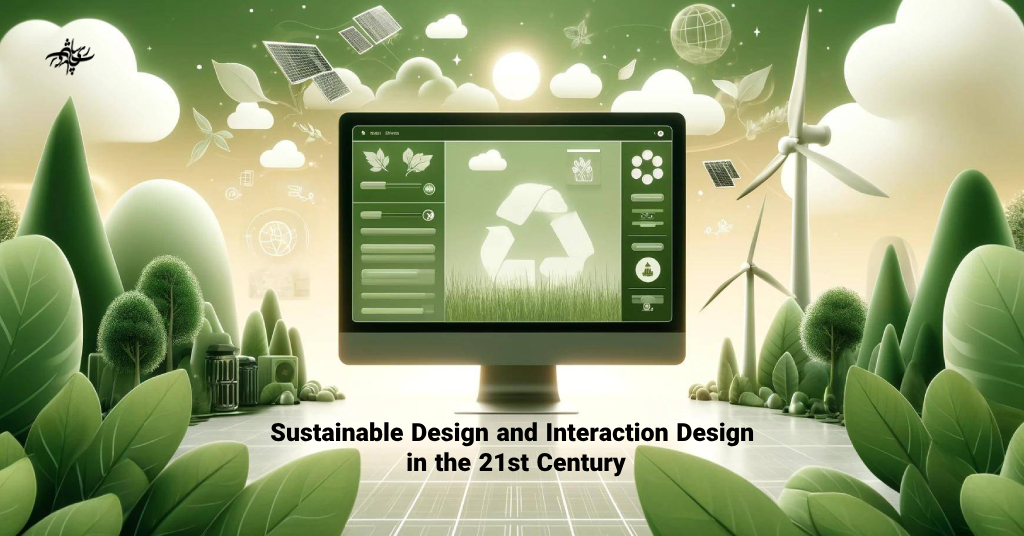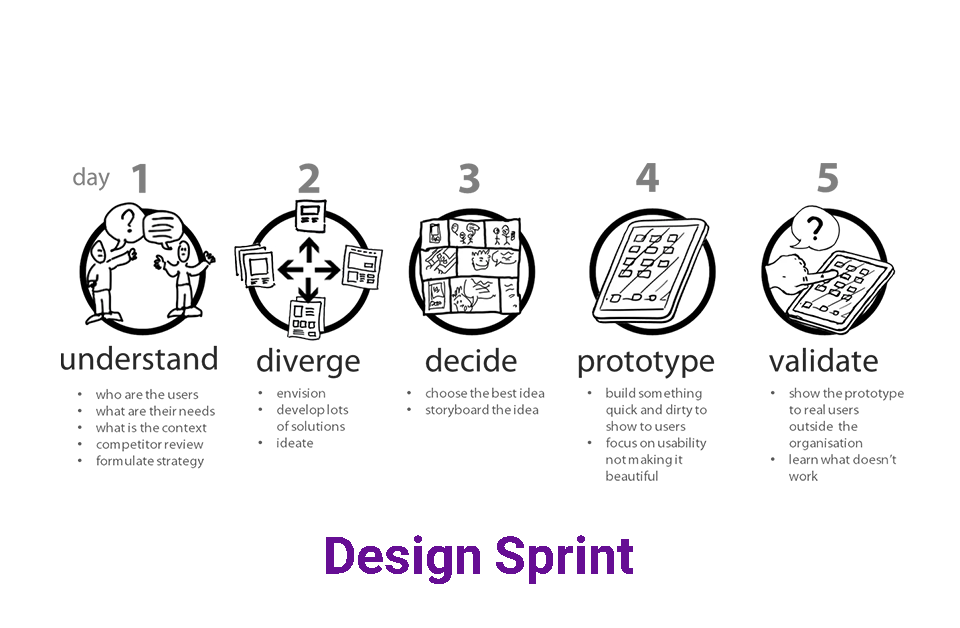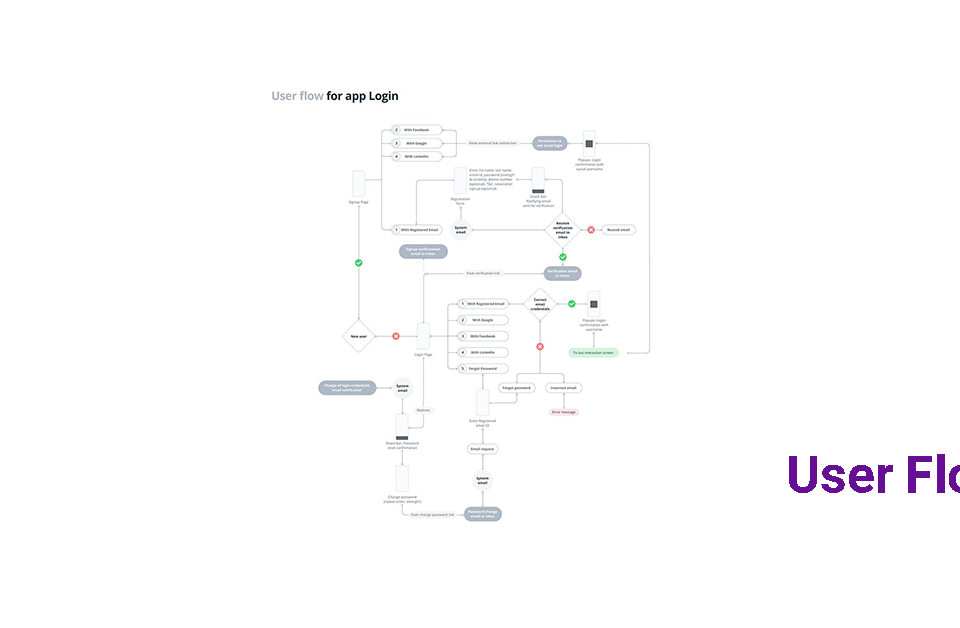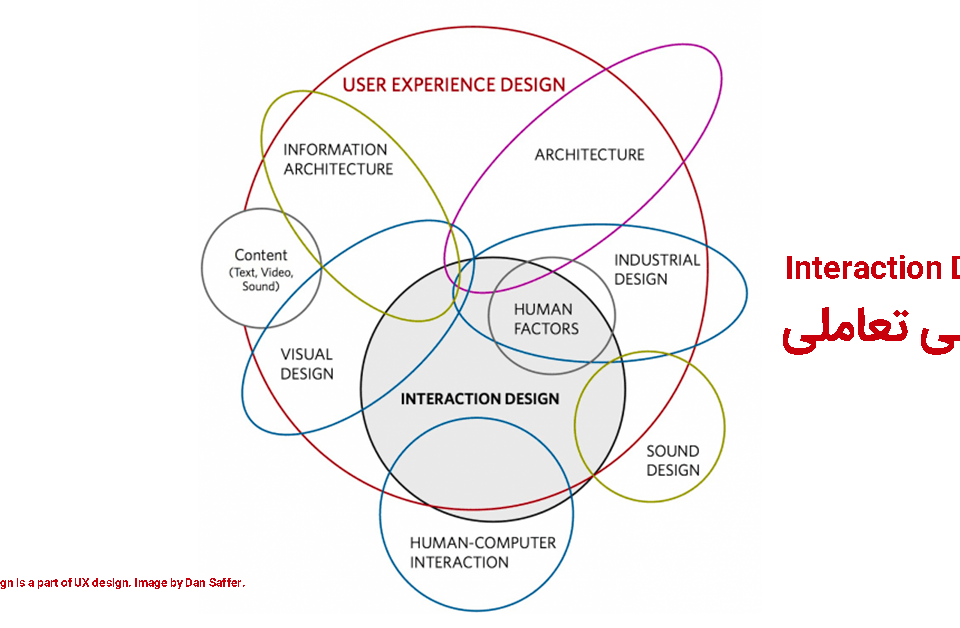
دیزاین اسپرینت چیست و تفاوت آن با تفکر طراحی در چه چیزی است؟
1402-01-21Sustainable Design and Interaction Design in the 21st Century
Abstract
In the 21st century, sustainable design and interaction design play a pivotal role in addressing global environmental challenges and fostering responsible consumption. This article examines the principles and applications of these intertwined disciplines, emphasizing their potential to create long-term, environmentally conscious solutions. Sustainable design focuses on minimizing resource consumption and environmental impact, while interaction design influences user behaviors to promote sustainability. Key approaches, such as emotionally durable design and regenerative design, are explored, along with their applications in architecture, urban planning, and digital systems. Challenges such as balancing user needs with ecological goals and fostering societal change are also addressed. The article concludes with future directions, advocating for systems thinking, interdisciplinary collaboration, and a cultural shift toward sustainability in design practices. Together, these disciplines hold immense potential to shape a sustainable and resilient future.
In the 21st century, the convergence of sustainable design and interaction design has become pivotal in addressing environmental challenges and promoting responsible consumption. This article explores the principles, applications, and future directions of these intertwined disciplines, highlighting their significance in fostering a sustainable future.
Understanding Sustainable Design
Sustainable design is an integrated, holistic approach that positively impacts all phases of a product’s or building’s life cycle. It emphasizes creating long-term solutions that ensure the well-being of people and harmony with the environment for generations. Key principles include optimizing site potential, minimizing non-renewable energy consumption and waste, using environmentally preferable products, protecting and conserving water, improving indoor air quality, and enhancing operational and maintenance practices.
The Role of Interaction Design in Sustainability
Interaction design focuses on creating engaging interfaces with well-thought-out behaviors. When aligned with sustainability goals, it can influence user behavior towards more sustainable practices. For instance, designing interfaces that encourage energy-saving habits or promote resource conservation can significantly reduce environmental impact.
Emotionally Durable Design
Emotionally durable design aims to reduce consumption and waste by enhancing the emotional connection between users and products. By fostering strong emotional ties, product replacement is delayed, leading to a decrease in resource consumption. This approach considers factors such as narrative, consciousness, attachment, fiction, and surface to create products that users cherish and maintain over time.
Regenerative Design
Regenerative design goes beyond sustainability by creating systems that restore, renew, or revitalize their own sources of energy and materials. It emphasizes the co-evolution of human and natural systems, designing in the context of place, and focusing on conservation and biodiversity. This approach seeks to create resilient and equitable systems that integrate the needs of society with the well-being of nature.
Applications in Architecture and Urban Planning
In architecture and urban planning, sustainable and regenerative design principles are applied to create buildings and communities that are environmentally responsible and resource-efficient. This includes optimizing energy use, reducing waste, and enhancing the quality of life for occupants. For example, retrofitting existing buildings with sustainable technologies can significantly reduce energy consumption and greenhouse gas emissions.
Sustainable Interaction Design
Sustainable Interaction Design (SID) integrates sustainability into the design of interactive systems. It involves creating digital products and services that promote sustainable behaviors and reduce environmental impact. This can be achieved by designing for energy efficiency, encouraging resource conservation, and fostering sustainable consumption patterns.
Challenges and Future Directions
Despite the progress, challenges remain in fully integrating sustainable and interaction design. These include balancing user needs with environmental considerations, addressing the complexity of designing for sustainability, and overcoming societal resistance to change. Future directions involve embracing systems thinking, promoting interdisciplinary collaboration, and fostering a culture of sustainability in design education and practice.
Conclusion
The integration of sustainable design and interaction design is crucial in addressing the environmental challenges of the 21st century. By adopting principles such as emotionally durable design and regenerative design, and applying them across various domains, designers can create products and systems that not only meet user needs but also contribute to a sustainable and resilient future.
References
• Interaction Design Foundation. (n.d.). What is Sustainable Design? Retrieved from
• U.S. General Services Administration. (n.d.). Sustainable Design. Retrieved from
• Wikipedia contributors. (2023, December 10). Sustainable design. In Wikipedia, The Free Encyclopedia. Retrieved from
• Wikipedia contributors. (2023, November 15). Regenerative design. In Wikipedia, The Free Encyclopedia. Retrieved from
• ResearchGate. (n.d.). Expanding the Concept of Sustainable Interaction Design: A Systematic Review. Retrieved from



